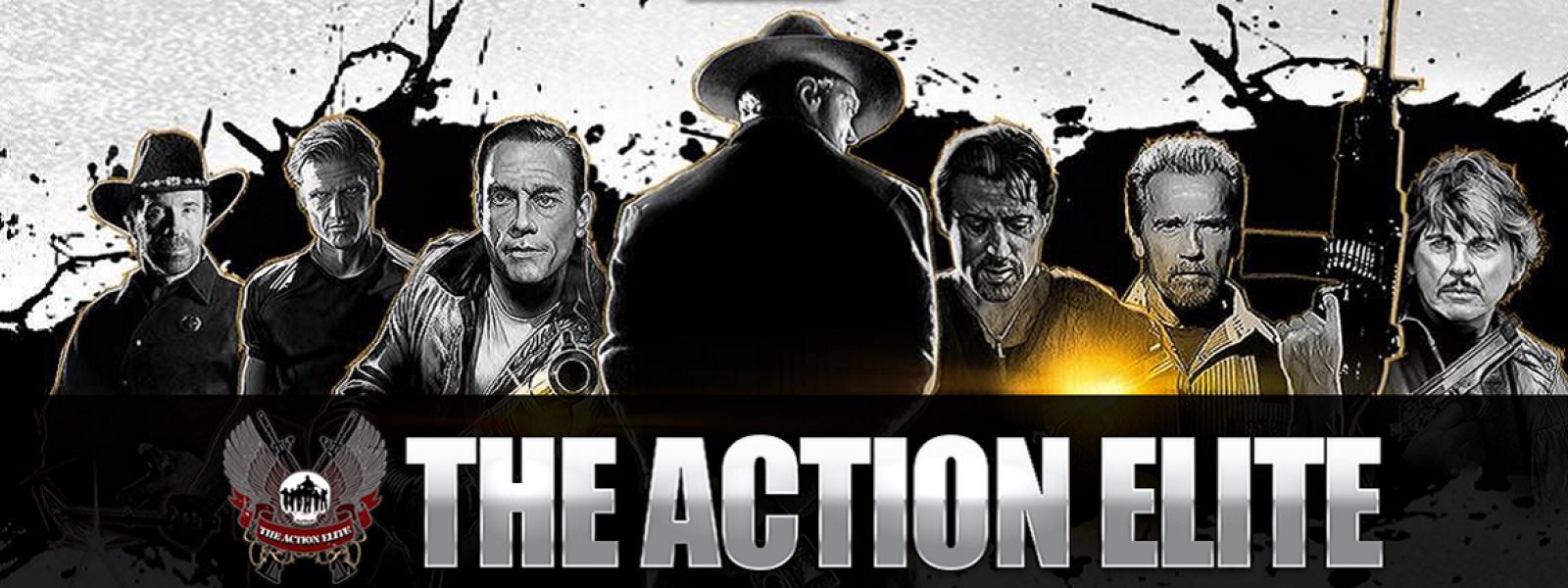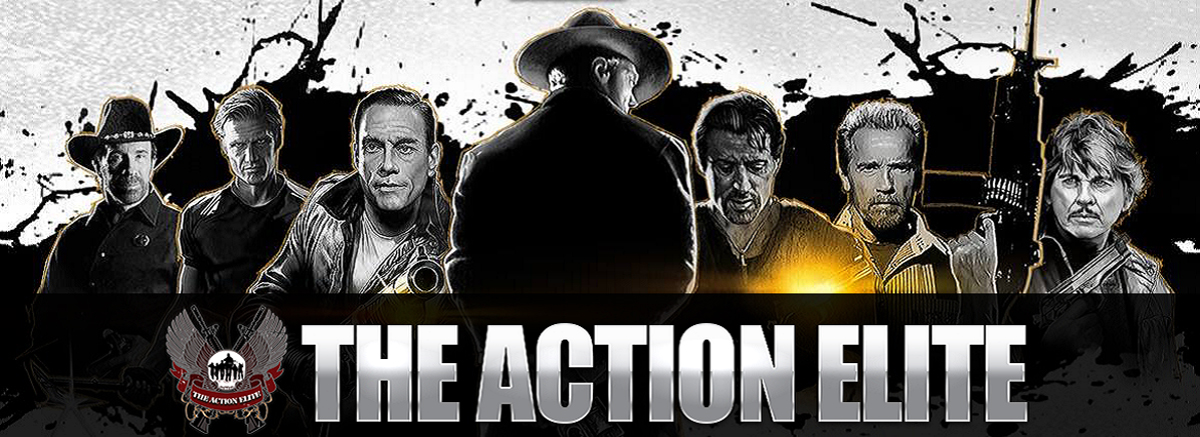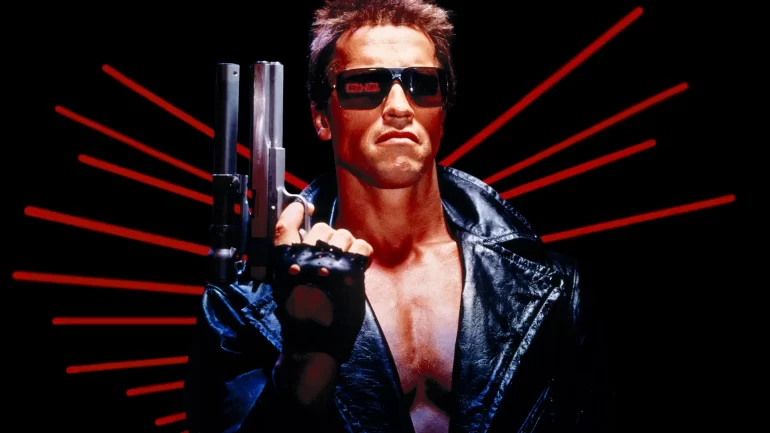Action movies have been a cornerstone of global entertainment for decades, but their influence reaches far beyond the big screen. These films have not only captivated millions of viewers worldwide but have also left an indelible mark on various aspects of popular culture. From iconic catchphrases embedded in everyday conversations to the inspiration behind real technological advancements, the impact of action movies is profound and far-reaching. Whether it’s the adrenaline-pumping action seen in blockbuster films or the excitement of interactive experiences like the JetX game, these cinematic productions have shaped fashion, technology, and language, leaving a lasting impression on contemporary society.
The Iconic Moments that Shaped Culture
The most memorable moments in action cinema do more than entertain; they define generations and transcend time. Scenes like the fall from Nakatomi Plaza in Die Hard (1988), the bullet-dodging in The Matrix (1999), or the transformation of the T-800 in Terminator 2: Judgment Day (1991) have become cultural touchstones that are referenced, parodied, and honored across various forms of art and media.
These moments have infiltrated mass culture, being referenced in TV shows, video games, comics, and even advertising campaigns. Their impact is such that they have influenced the collective perception of concepts like heroism, sacrifice, and the fight against evil. The iconic scenes from action movies are remembered not just for their spectacle but for how they have redefined the visual language of cinema and, by extension, popular culture.
Influence on Fashion and Style
Action cinema has also left its mark on fashion, with characters who have set trends and become style icons. Take Indiana Jones, for example, whose fedora and leather jacket have become synonymous with adventure and have inspired generations of designers. Similarly, Neo’s black suit and sunglasses in The Matrix have influenced urban fashion and remain a reference point for minimalist, futuristic style.
Moreover, the fashion industry has capitalized on this influence by creating clothing lines and accessories inspired by action movie characters and franchises. These collaborations between film studios and fashion brands not only generate revenue but also cement the characters’ images in the public consciousness, turning them into cultural icons.
Technological Inspiration
The impact of action cinema is not limited to aesthetics or narrative; it has also influenced the development of real-world technology. Films like Minority Report (2002) introduced futuristic technologies that seemed like science fiction at the time, such as touch interfaces and gesture recognition systems. However, these ideas have inspired engineers and designers to bring them into reality, influencing the technology we now consider commonplace.
Another example is the influence of Iron Man (2008) on the fields of robotics and artificial intelligence. The depiction of Tony Stark’s armor and its intelligent systems has inspired research into exoskeletons and advancements in human-machine interaction, bringing fiction one step closer to reality.
Language and Dialogue in Pop Culture
Action movies have played a crucial role in creating phrases and dialogues that have transcended cinema to become part of everyday language. Expressions like “Yippee-ki-yay” from Die Hard (1988), “I’ll be back” from Terminator (1984), and “Hasta la vista, baby” from Terminator 2: Judgment Day (1991) are not only globally recognized but are also used in various contexts, from politics to advertising.
These phrases have embedded themselves in popular lexicon, employed in situations far removed from their original cinematic context to convey determination, warning, or simply to add a touch of humor. For instance, “I’ll be back” has been used in political speeches to underline a promise of return, while “Hasta la vista, baby” is often employed in scenarios involving a definitive goodbye or a strong closing statement.
The ability of these dialogues to penetrate popular culture demonstrates the power of action movies not just as entertainment but also as creators of lasting cultural references that resonate with diverse audiences over time.
Social and Political Impact
Action movies often reflect, and at times, shape social and political perceptions of their time. For example, Rambo (1982) and its sequels were not only box office successes but also influenced public perceptions of war veterans and U.S. foreign policy. The image of the lone hero battling oppressive forces resonated at a time of growing disenchantment with institutions, becoming a symbol of resistance and self-justice.
Similarly, films like Mad Max: Fury Road (2015) have addressed contemporary issues such as climate change and the struggle for natural resources, using the post-apocalyptic setting as a metaphor for current ecological challenges. These movies do more than entertain; they invite reflection on real-world issues, using action to underscore deeper social and political messages.
The social and political impact of action movies is also evident in how these films are used by leaders and movements to communicate their ideas. References to iconic characters and scenes are employed to symbolize struggle, resistance, or change, integrating action cinema into the global sociopolitical discourse.
The Globalization of Action Cinema
Traditionally dominated by Hollywood, the action genre has seen increasing influence from international productions in recent decades, enriching and diversifying the field. Countries like Hong Kong, with its vibrant martial arts scene, and more recently South Korea, with its intense, stylized thrillers, have exported their vision of action cinema to the world.
Films like The Raid (Indonesia, 2011) have been acclaimed for their combat choreography and have influenced how action sequences are filmed in Hollywood. Similarly, Bollywood action cinema has incorporated traditional Hollywood elements, creating a cultural hybrid that resonates both in India and abroad.
This globalization has not only expanded the market for action movies but has also allowed for a cultural exchange where influences flow in both directions. Hollywood has adopted filming techniques and narratives from other countries, while international filmmakers have integrated American action tropes and styles into their own productions, creating a genuine fusion of styles that enriches the genre on a global scale.
Conclusion
The impact of action movies on popular culture is vast and multifaceted. From catchphrases that have entered the everyday lexicon to influencing fashion, technology, and sociopolitical discussions, action cinema has proven to be much more than mere entertainment. Its ability to inspire, influence, and reflect society ensures that these films will continue to be a powerful force in global culture.






